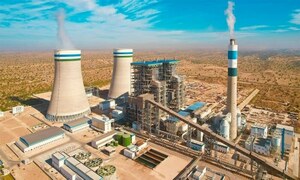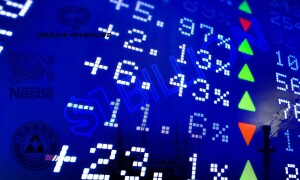Hydrogen fuel cell makers may be seen as Wall Street pariahs but investors are now eyeing a new breed of alternative energy companies that may breathe new life into the ailing sector.
Non-hydrogen fuel cell makers - who manufacture fuel cells powered by natural gas or other clean-burning fuels like ethanol - have in recent years attracted investment even as industry pioneers who build fuel cells that use hydrogen have gone out of favour.
"Analysts are finally noticing that there may be commercial prospects with the non-hydrogen fuel cell makers," said Mark Henwood, managing director of Camino Energy, a California-based consultancy that tracks alternative energy stocks.
According to Henwood, Fuel Cell Energy, a non-hydrogen player, is now the biggest sectoral firm in terms of market capitalisation, overtaking Ballard Power Systems, a key hydrogen fuel cell maker.
Other non-hydrogen firms such as Ceres Power, Medis Technologies and Ceramic Fuel Cells are among the top 10 publicly traded sector players, he added. The non-hydrogen segment focuses on appliances such as power generators while their rivals' thrust has been making hydrogen fuel cells for environmentally friendly vehicles.
The hydrogen fuel cell sector once seemed full of promise with grandiose government plans at the turn of the millennium that envisioned so-called hydrogen highways with filling stations along interstate highways to cater to the hydrogen fuel cell cars. But then came the bust.
The key problem facing the hydrogen fuel cell companies was the prohibitive cost of the infrastructure to deliver the hydrogen. Shares of companies in that market segment went through a dot-com-style boom and bust. "We are some time away from any significant revenue traction in the sector," said Henwood of Camino Energy.
"The non-hydrogen crowd is a different story; they don't have the technology challenges and are making progress, and once they get their products solidified they can get revenue traction." The stock charts back the sentiment shift. Shares of Ballard Power soared to $145 in 2000 from $8 in 1997 but on Friday were around $4.44 on the Nasdaq, while Plug Power Inc fell to $2.60 from a peak of $10.65 in early 2004.
By contrast, among non-hydrogen manufacturers Ceres Power shares soared since a late 2004 London debut at 137 pence to 268 pence Friday while Ceramic Fuel Cells was up at 35.65 pence from a debut of about 24 pence last year.
"The shift from hydrogen to non-hydrogen fuel cells has been the trend in recent years. Now, the investment community has seen that and are voting with their dollars," Gary Simon, chief executive of Acumentrics Corp, told Reuters. "Non-hydrogen has solved some of the problems, and there's a consensus from customers that they would prefer non-hydrogen fuel cells," said Simon, whose Westwood, Massachusetts-based company develops 5,000-watt solid oxide fuel cells.
This week, the combined market capitalisation of the eight big listed players in the non-hydrogen crowd, at $1.428 billion, topped that of top 10 hydrogen fuel cell makers, at $1.311 billion, for the first time ever, Simon noted.
Over the next three years, he believes the share of hydrogen fuel cell makers will shrink to 30 percent of total global sales while the non-hydrogen will chalk up 70 percent, up from the present 50-50 split between the two sectors.
In dollar terms, $1 billion in fuel cells, hydrogen and non-hydrogen, were sold world-wide in the past 10 years. Global annual sales stand at $250 million now, noted Simon, but added they can mushroom into a $10 billion-a-year industry if the non-hydrogen segment really takes off. "The non-hydrogen fuel cells can deliver all the benefit associated with fuel cells, high efficiency, low to zero emissions and durability without the flaw of having to find hydrogen," Simon told Reuters.
BR100
7,874
Increased By
36.2 (0.46%)
BR30
25,596
Increased By
136 (0.53%)
KSE100
75,342
Increased By
411.7 (0.55%)
KSE30
24,214
Increased By
68.6 (0.28%)
























Comments
Comments are closed.